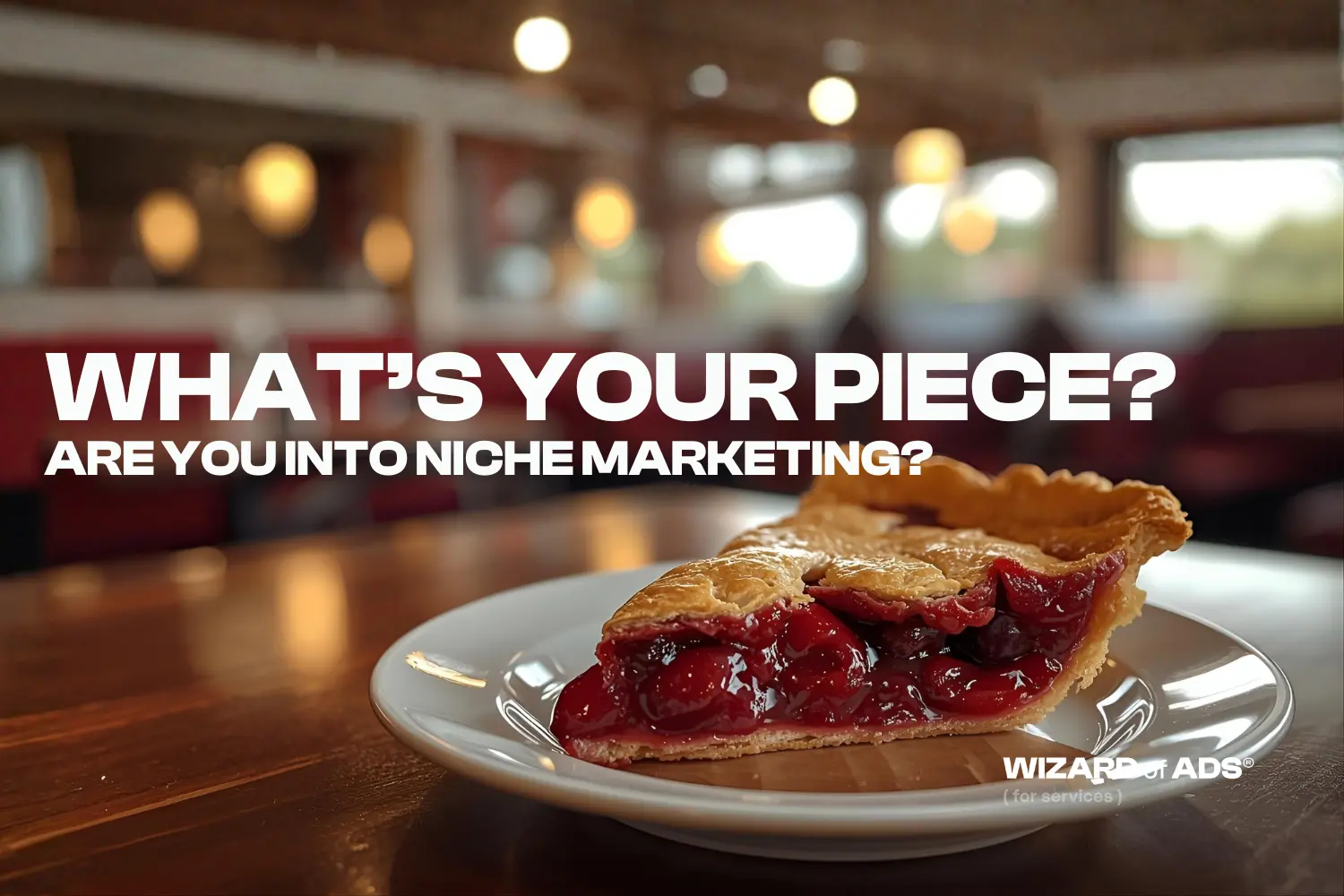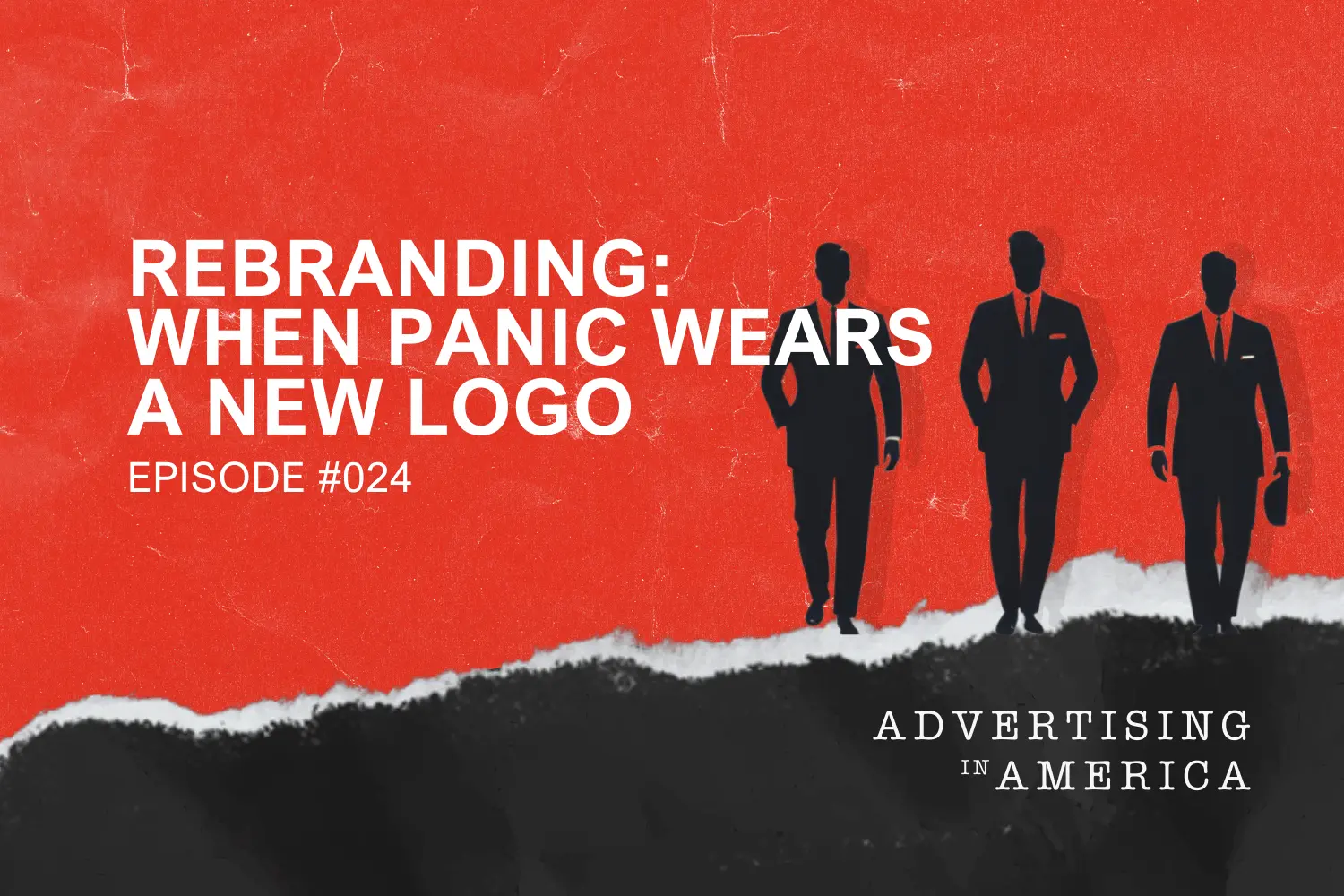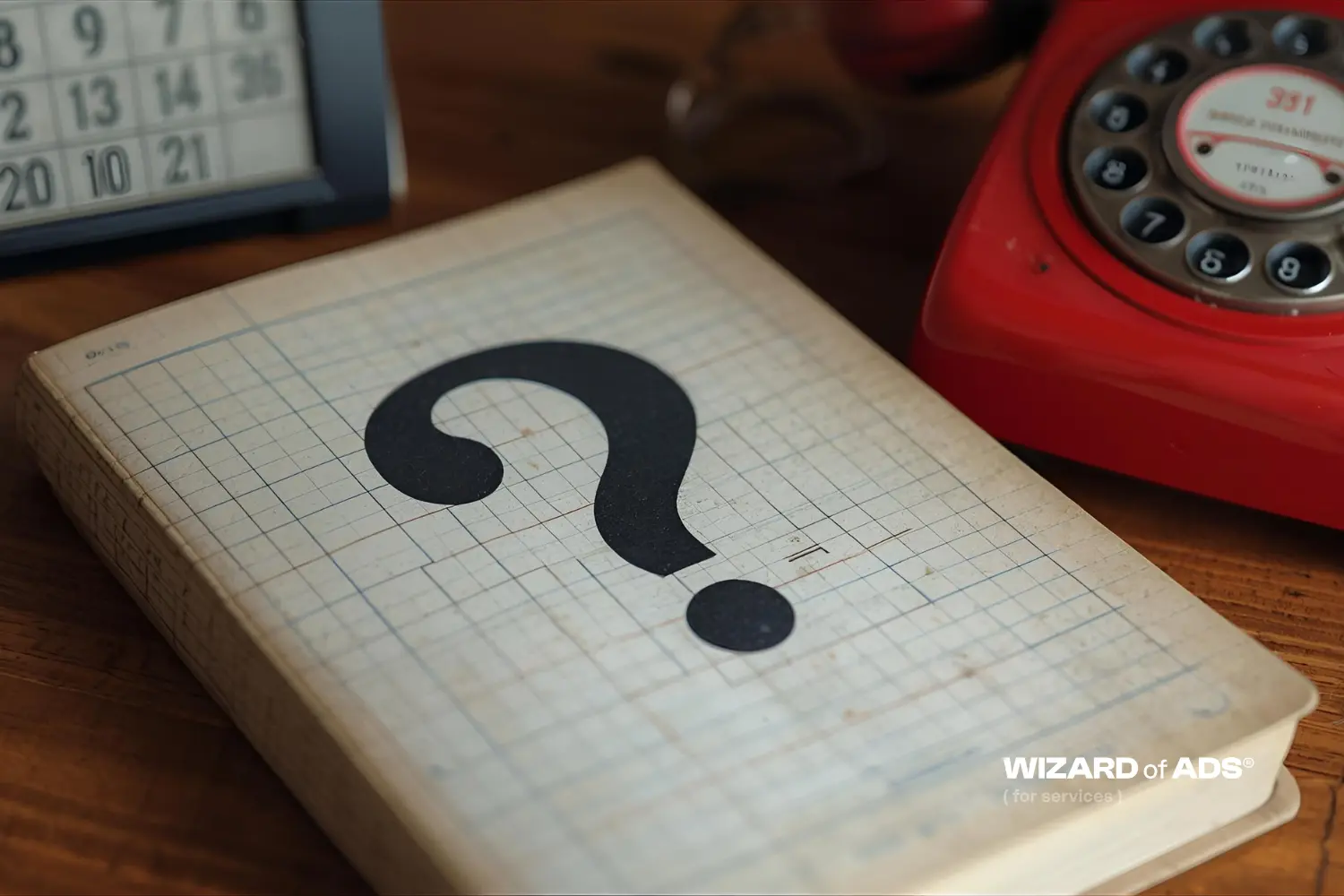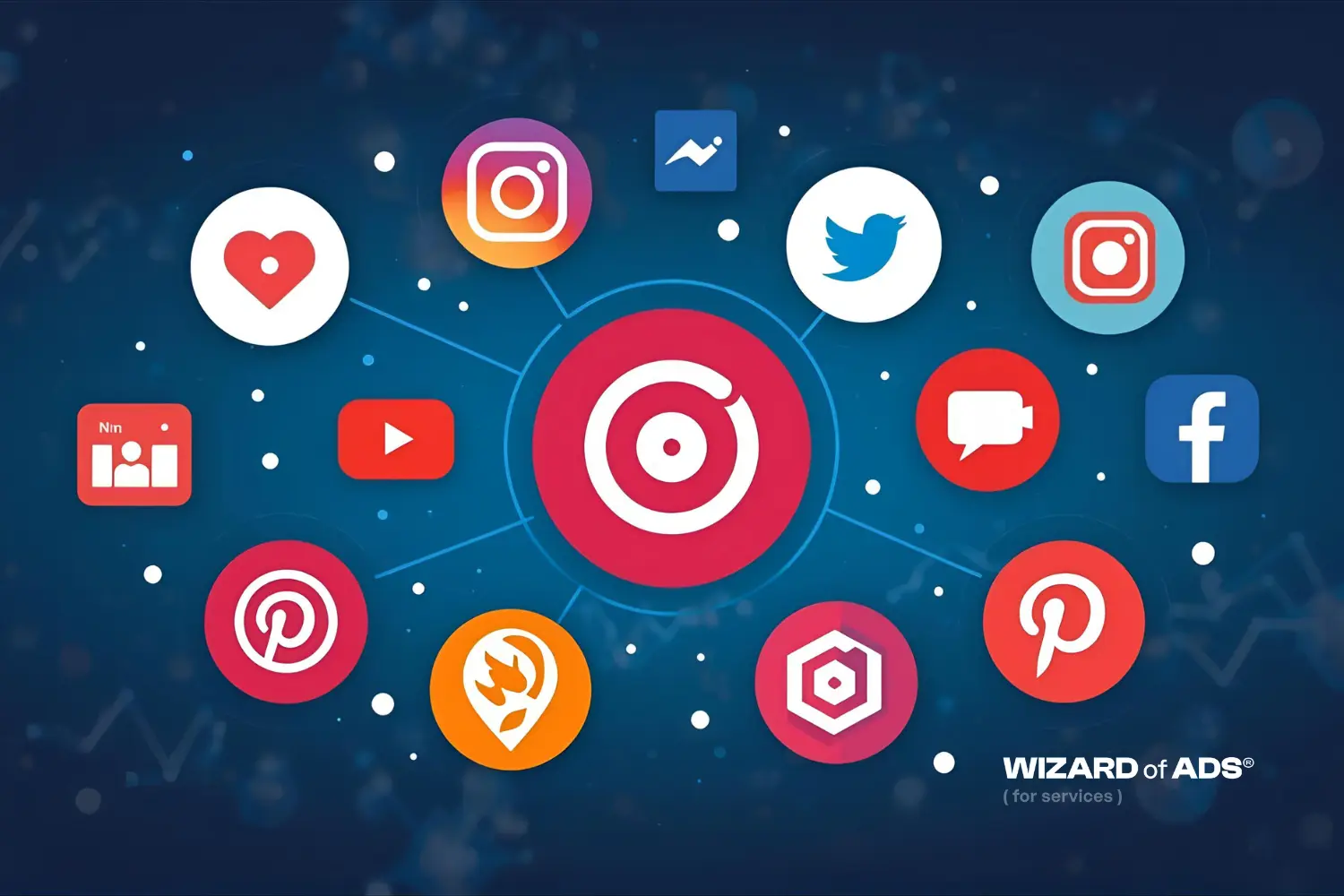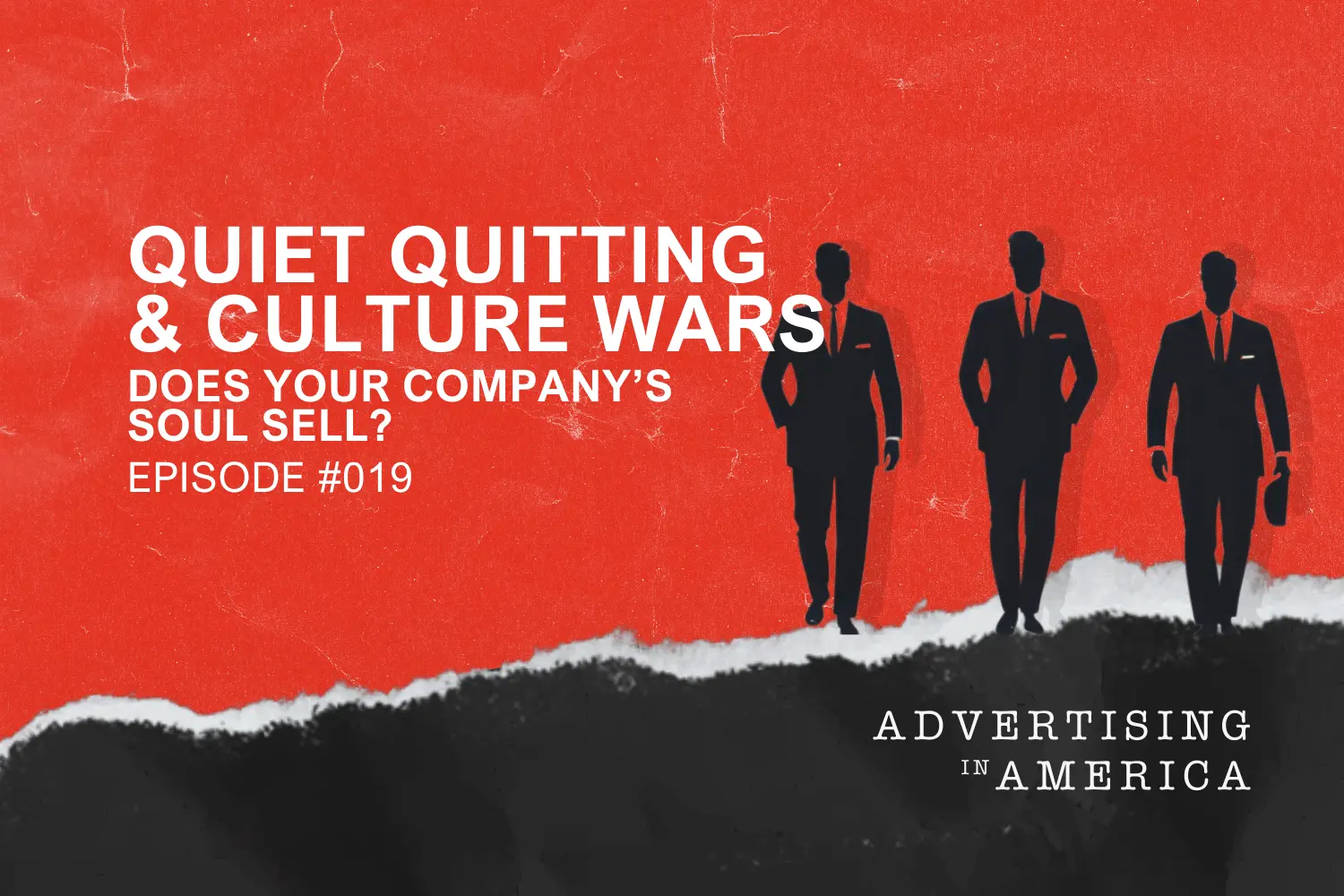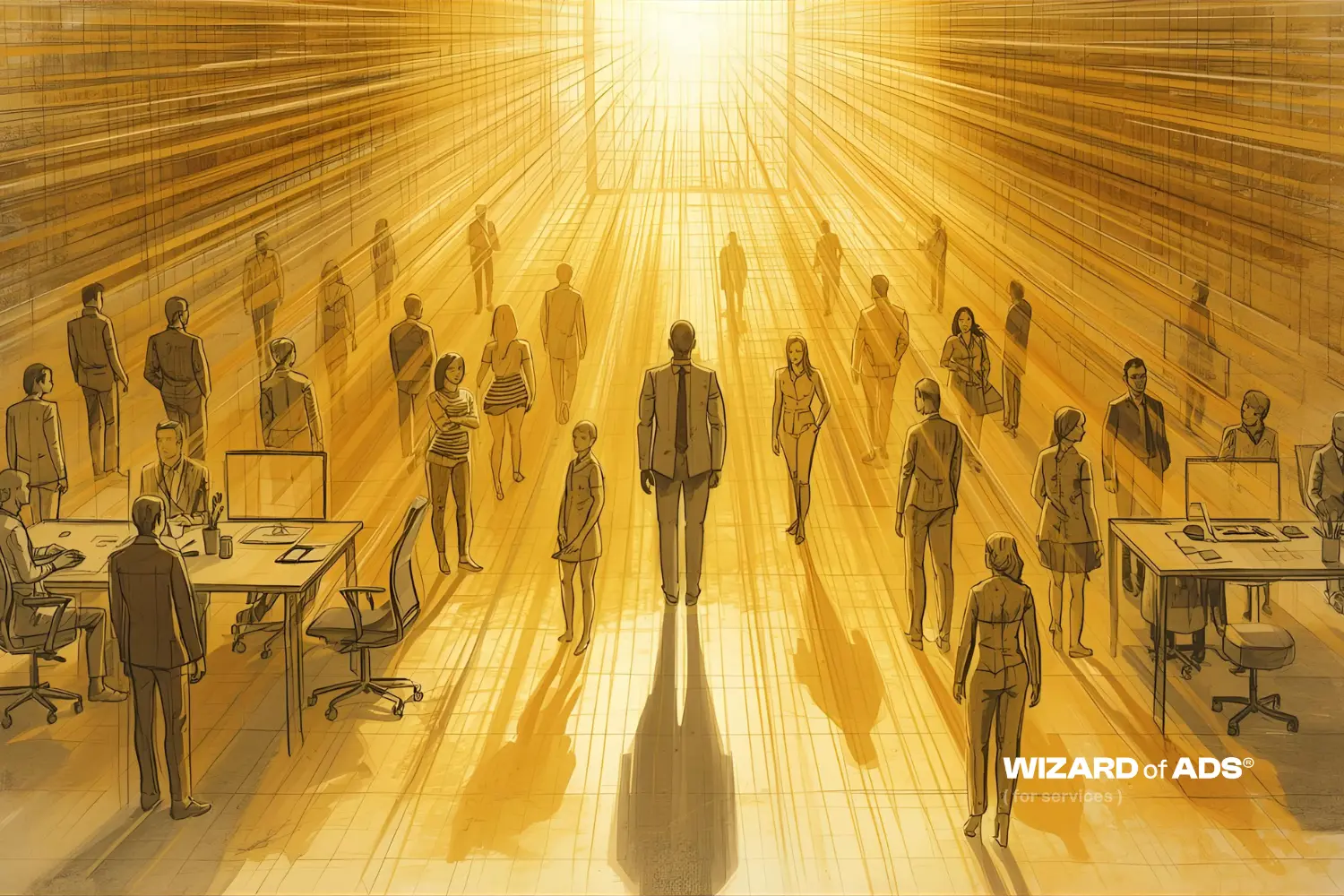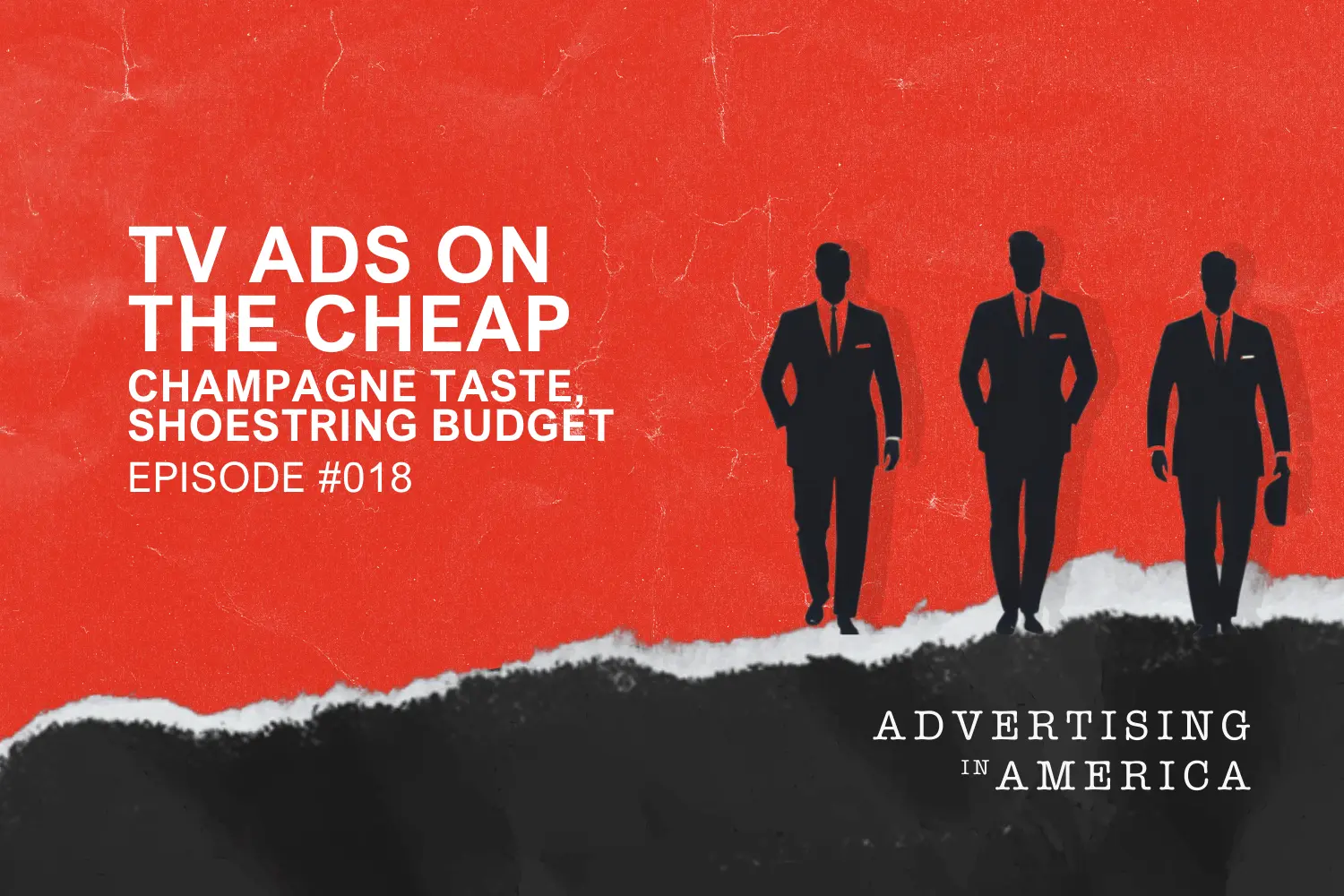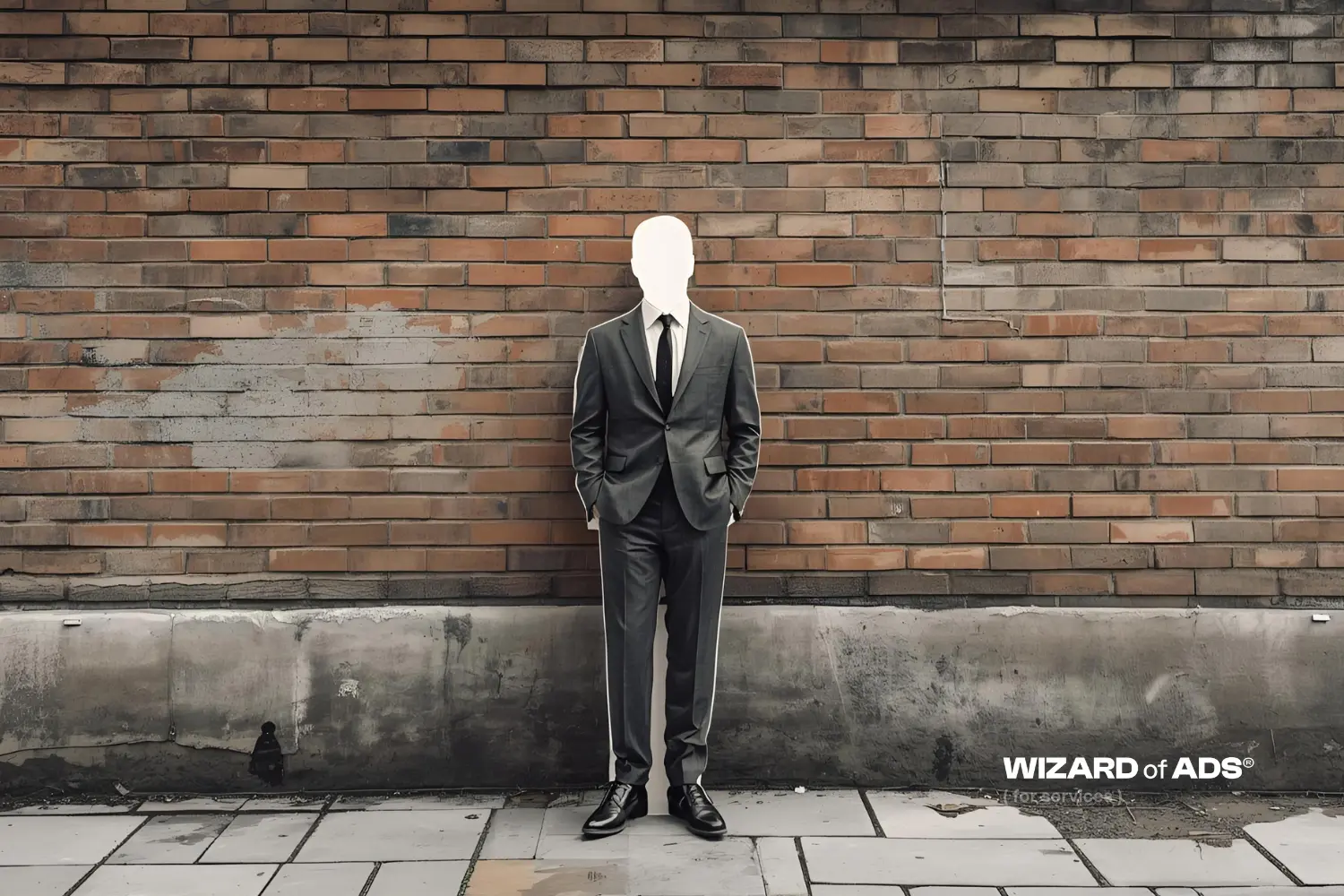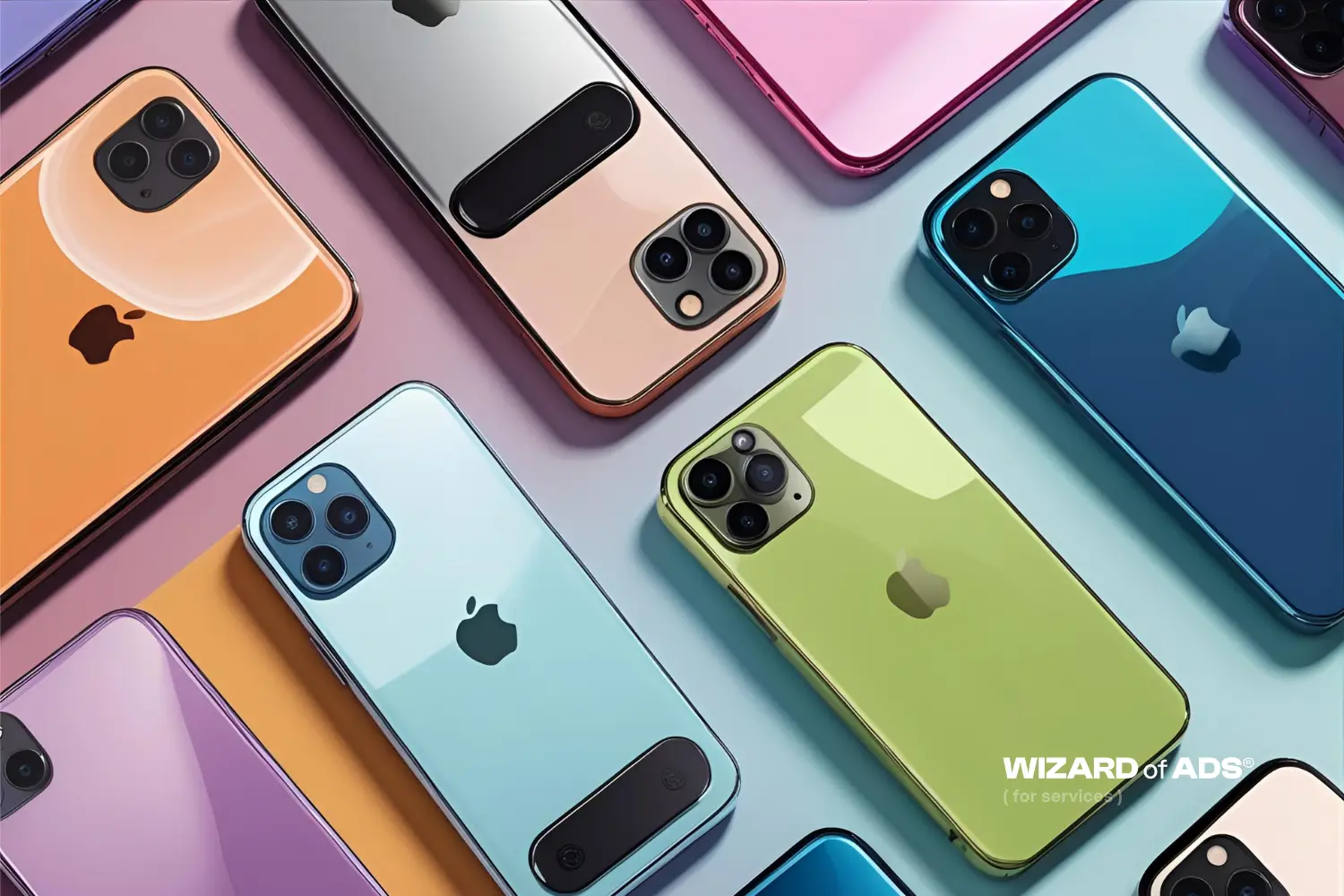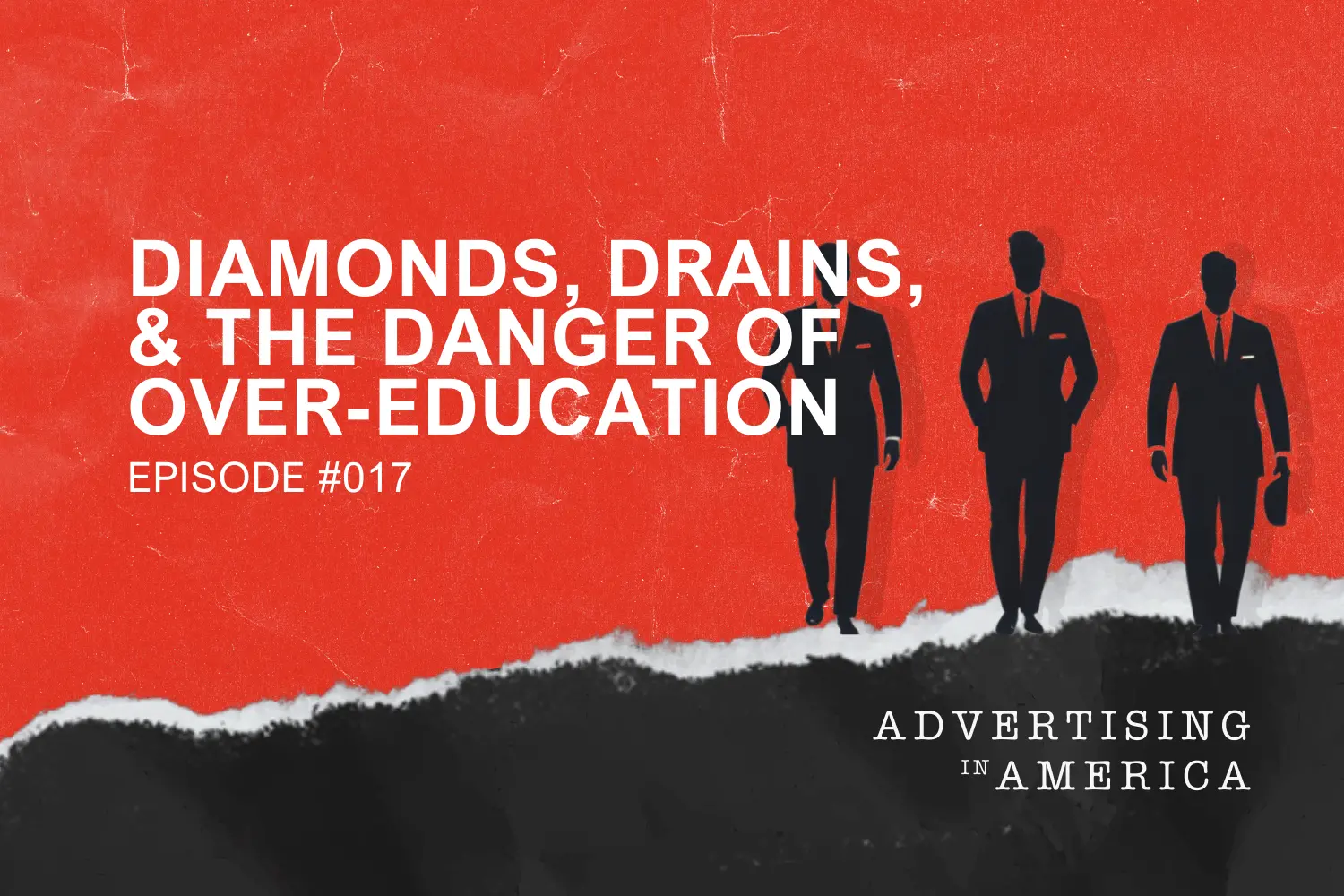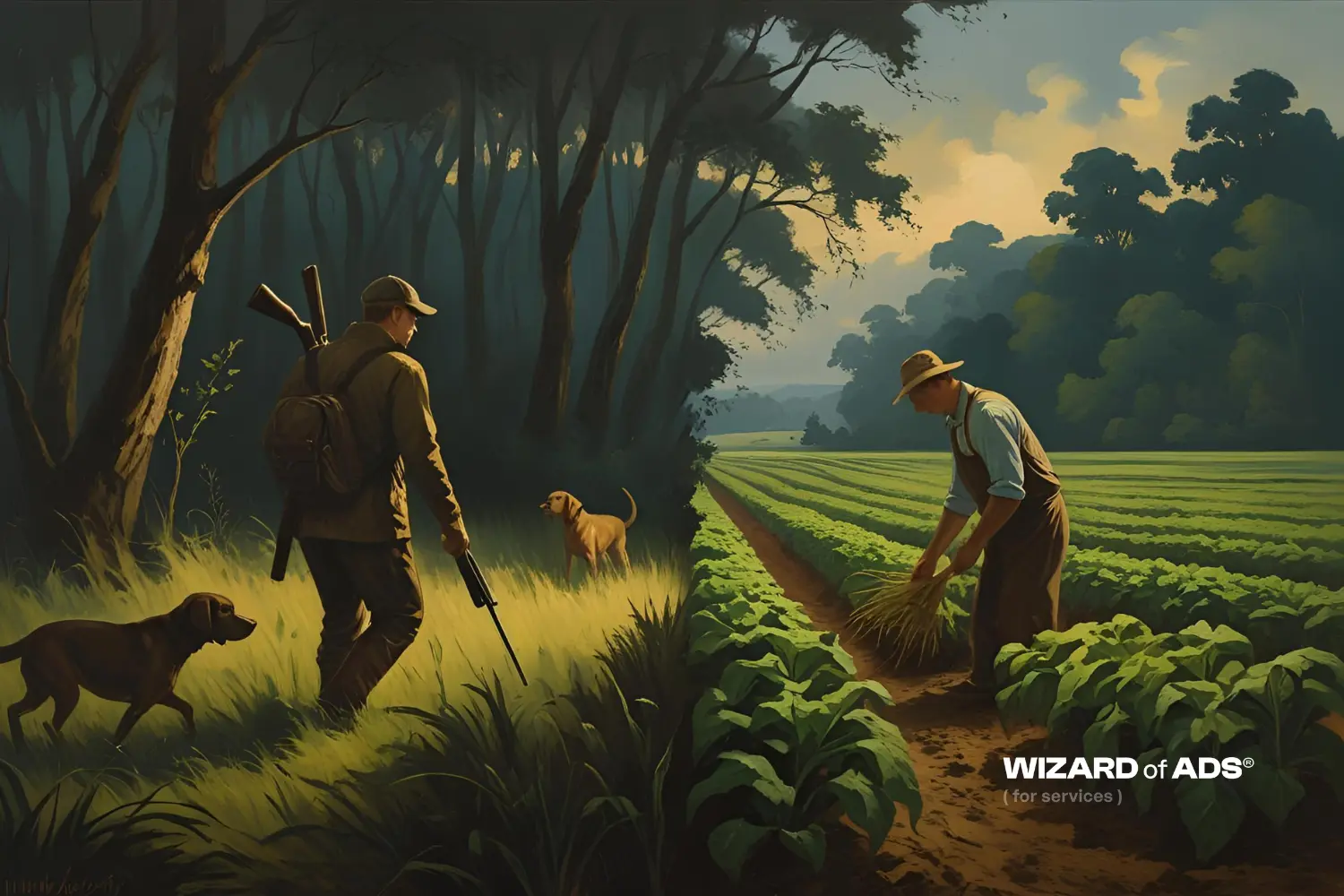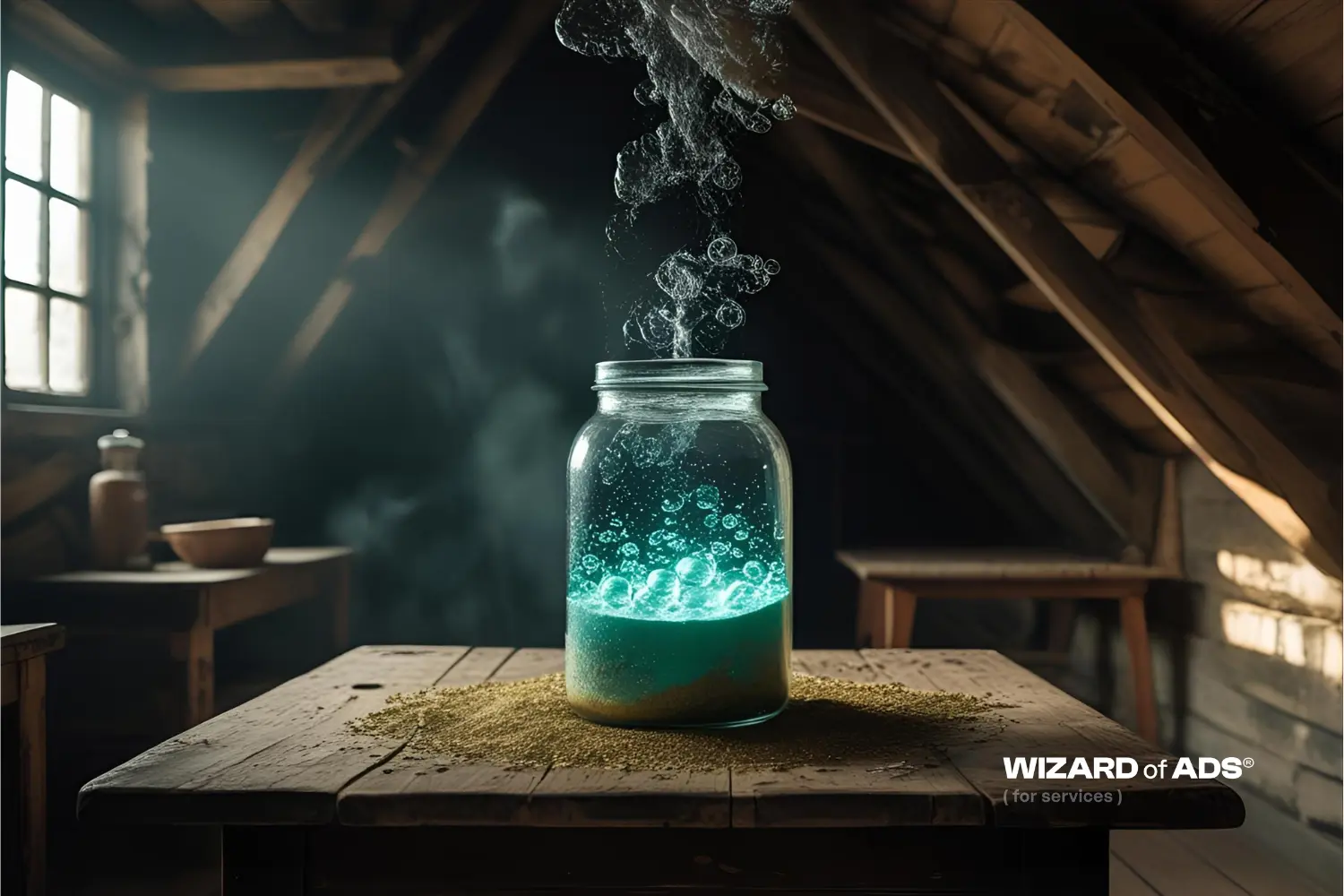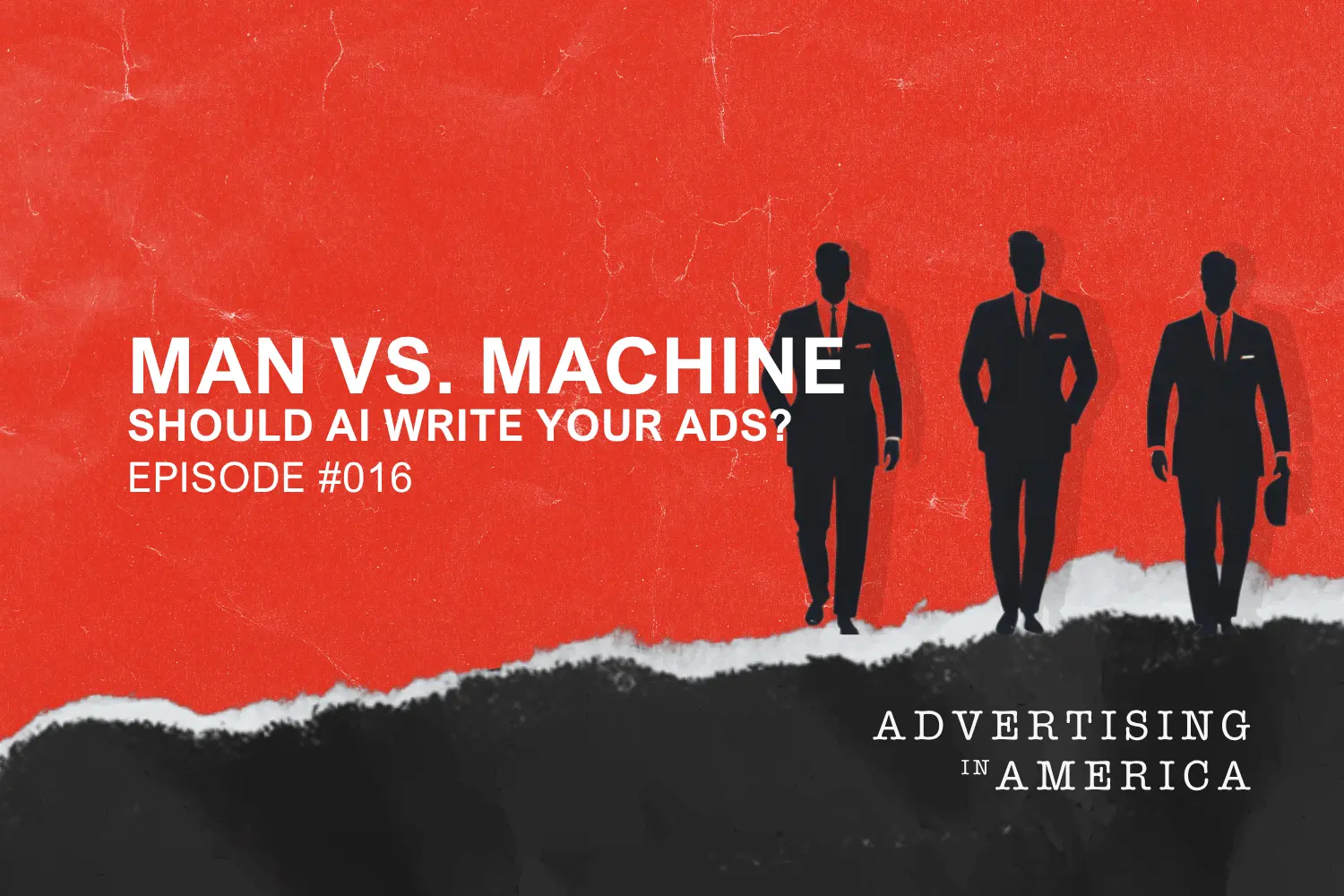
When your advertising leans on the weak wooden crutch of discounting, it is only a matter of time before that crutch splinters and slowly pierces your heart.
Discounting is a seductive drug like heroin, meth, and fentanyl. It rarely kills you quickly.
It prefers to kill you slowly.
Yes, I know that is an uncomfortable image, but I need you to understand how dangerous it is to discount.
Discounting erodes customers’ confidence in your pricing and trains them to delay purchasing from you until you offer them a juicy discount. Discounting also raises some questions about the quality of your product.
But hooray, that’s not what we’re talking about today.
Today I’m going to give you a method for acquiring customers that is far more powerful than discounting. This method allows you to pay for the results of your advertising according to how well your ads work.
No, we’re not talking about pay-per-click. (Remember, you’ve got to pay for that click even if the customer gives you a glance, flips you the bird, and walks away.) I have a Love/Hate relationship with pay-per-click and I’ll bet you do, too.
What I’m about to share with you is Love/Love/Love/Love.
- I love it.
- It loves me.
- You’re going to love it.
- You’re going to love me for telling you about it.
I believe in only two prices: full price, and free.
What can you give away for free?
Thirty years ago, I was given an ad budget of $10,000 and asked to bring 500 new customers to a struggling frozen custard business that had two locations, but neither one of them had inside dining. These frozen custard stands were walk-up and drive-thru only. And this was during the middle of the winter in a state where ice and snow are a regular occurrence.
I asked, “Do you care how I spend the money?”
“No. We just need to see 500 new customers.”
“Great. I’m going to spend $500 in a single day on radio ads on the smallest radio station in town and then I’m going to spend $1,700 on custard mix. You can keep the other 78-hundred. Get a good night’s sleep on Friday night because you’re going to be working 14 hours on Saturday.”
My radio ad ran twice an hour from 6am until midnight on the day of the event.
It said, “This frozen custard is so good it’s illegal in 7 states and under investigation in 12 more. And today, just to prove it, we’re giving away full-size cones for free.”
I called them just after midnight.
I asked, “Did anyone show up?”
“We just finished counting the empty cone boxes. We served 11,000 free cones today and at least 10,000 of those were people we had never seen before.”
Their business immediately jumped by 80% and their sales volume never quit climbing. Today they have 53 locations in 15 states.
Another example is the air conditioning company that had a history of giving customers a 15-hundred-dollar cash rebate if they purchased a new air conditioning system in October.
In 2014, I convinced them that customers would much rather have an iPad. Relatively few people had them back then.
They said, “But an iPad is only $700. What do we do with the rest of the money?”
I said, “Buy a few extra iPads for the people who call you and say, ‘Hey! I bought a new air conditioner from you two months ago. Where’s my iPad?’”
They sold a huge number of new air conditioning systems in October, two months after air conditioning season was over.
The first example was a full-size, free sample. Don’t be stingy. The second example was a highly desirable gift-with-purchase.
The more irresistible your offer, the better it will work. If you try this and it doesn’t work, you made a weak offer that was easy to ignore. Your offer has to be remarkable.
During the worst part of the Covid lockdown when doctors and nurses were working round-the-clock and everyone was losing hope, a jeweler crafted a beautiful lapel pin and paid a few dollars each to have 2,000 of them made.
The ad said, “Do you know a medical professional? Let them know that we have a special lapel pin or pendant for them and it’s free. It features a gorgeous pair of angel’s wings sprouting from the sides of a caduceus, that universal symbol of the medical profession. It’s a gift to every doctor and nurse from all of us, everyone in the city. We just want to say thank you for taking care of us.”
What we learned from that experience is that two thousand doctors and nurses coming into your store translates into millions of dollars in additional sales volume.
Is this making sense to you?
Custard mix and iPads and little silver lapel pins are much less expensive than advertising that doesn’t work. And if no one buys a new air conditioner, you don’t have to buy any iPads.
Here’s a question. What percentage of your sales comes from repeat customers and referral customers? Take a moment. Choose a percentage. Remember that percentage.
Second question. What percentage of your sales come from your highly visible signage, or branded vehicles on the road, or your marvelously visible location? Choose a percentage. Remember that percentage.
Add those two percentages together, then subtract them from 100 percent. Is that remaining number the percentage of your sales volume that comes from first-time customers?
Most business owners tell me that 10% to 20% of their sales are made to first-time customers. Did the percentage you calculated fall into that range?
Bringing customers back a second, third, fourth, of fiftieth time is cheap and easy IF THEY HAD A GOOD EXPERIENCE THE FIRST TIME. The challenge faced by every business owner is to bring new customers in for that crucial first visit.
Great ads remind your repeat customers of how much they love you. (This is important because people stay “reached” the way that grass stays mowed.) And great ads give increased confidence to your referral customers as well. But the monumental challenge faced by every business is to attract new, first-time customers and give them a happy first experience.
As I said earlier, I believe in only two prices: full price, and free.
Book a call with Ryan Chute of Wizard of Ads®, and we’ll hook you up.

